Maximize B2B Success with Marketing Automation
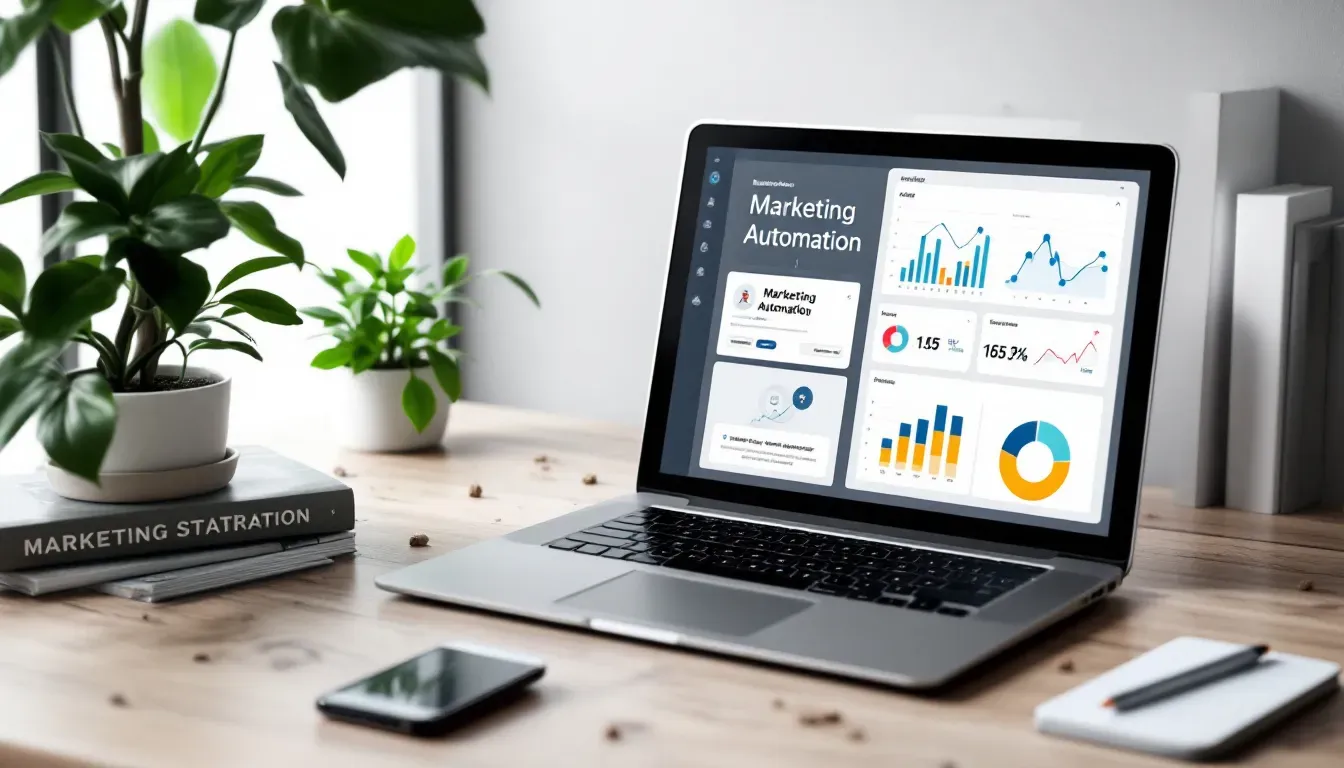
At Drop Cowboy, we’ve seen firsthand how marketing automation can transform B2B operations.
Marketing automation for B2B companies is a game-changer, streamlining processes and boosting efficiency across the board.
In this post, we’ll explore how you can leverage these powerful tools to maximize your B2B success and stay ahead of the competition.
What Is B2B Marketing Automation?
The Core of B2B Marketing Automation
B2B marketing automation harnesses technology to optimize and streamline marketing processes. This powerful strategy uses software platforms to automate repetitive tasks, nurture leads, and personalize communications at scale. The heart of B2B marketing automation includes features such as email marketing, lead scoring, customer segmentation, and analytics. These tools create a seamless marketing ecosystem that manages complex, long-term relationships typical of B2B sales cycles.
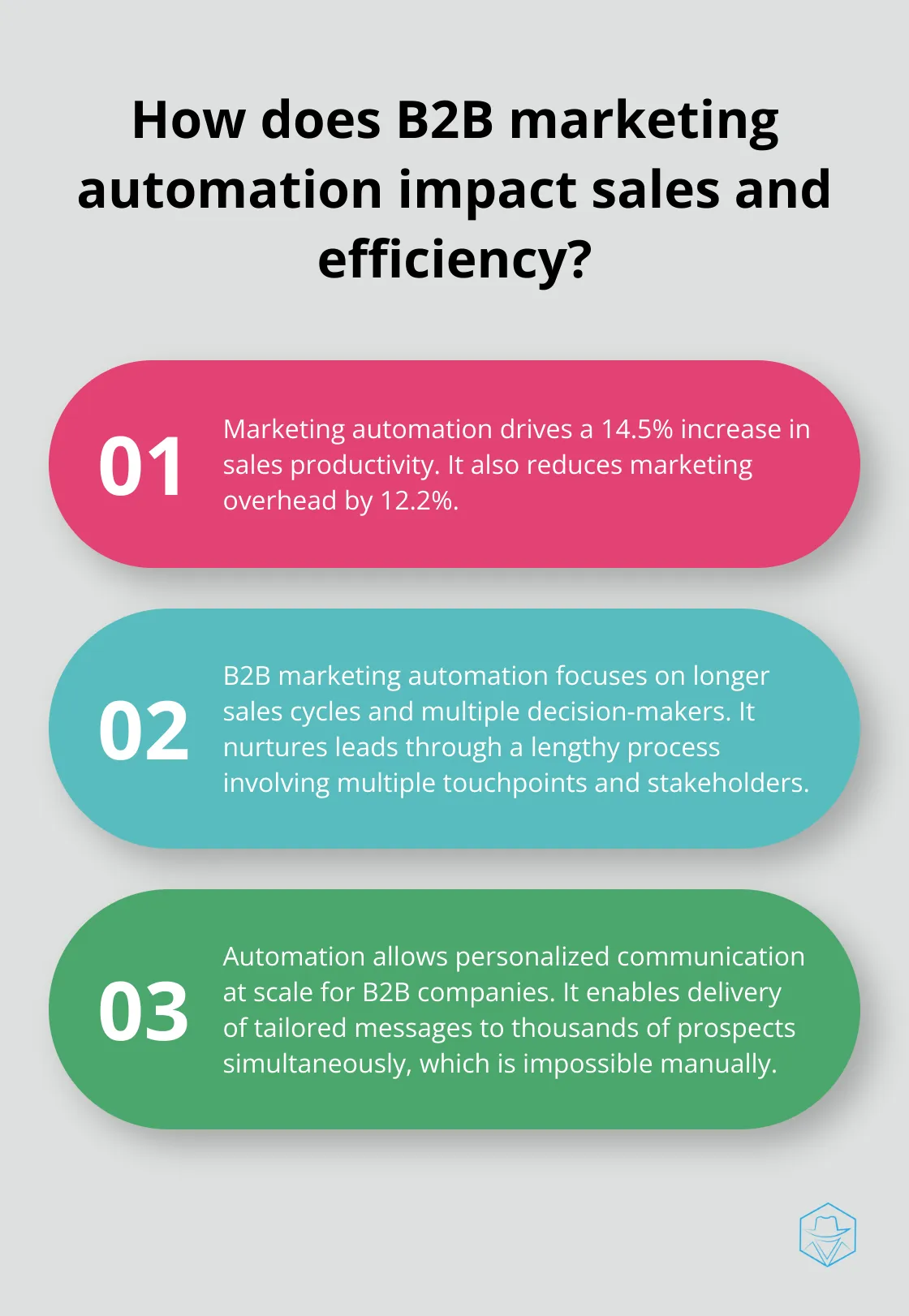
A B2B company might use marketing automation to send targeted emails based on a prospect’s industry, job title, and previous interactions with the company’s website. This level of personalization (essential in B2B marketing) meets decision-makers’ expectations for highly relevant content.
B2B vs. B2C: Distinct Approaches
While both B2B and B2C marketing automation aim to improve efficiency and effectiveness, their approaches and execution differ significantly. B2B marketing automation tackles longer sales cycles, multiple decision-makers, and more complex products or services.
B2B focuses on relationship-building and providing value over time, unlike B2C, which often drives quick, emotional purchases. B2B marketing automation must nurture leads through a lengthy decision-making process, often involving multiple touchpoints and stakeholders.
The Impact of Automation in B2B
Marketing automation offers substantial benefits for B2B companies. A study by Nucleus Research reveals that marketing automation drives a 14.5% increase in sales productivity and a 12.2% reduction in marketing overhead.
One significant advantage is the ability to scale personalized communications. Marketing automation allows B2B companies to deliver tailored messages to thousands of prospects simultaneously (a task impossible to accomplish manually).
Another key benefit is improved lead quality. B2B companies can identify the most promising prospects and focus their efforts where they’re most likely to pay off by using lead scoring and behavior tracking. This targeted approach leads to higher conversion rates and more efficient use of sales resources.
Automation Tools for B2B Success
Modern B2B marketing automation platforms offer a wide array of tools to enhance marketing efforts. These may include:
- AI-powered personalization (for tailored content delivery)
- Predictive analytics (to forecast customer behavior)
- Multi-channel campaign management (for consistent messaging across platforms)
- Advanced reporting and attribution (to measure ROI accurately)
These tools enable businesses to create highly targeted campaigns that resonate with their audience, leading to better engagement and, ultimately, more conversions.
As we move forward, let’s explore the essential marketing automation strategies that can propel your B2B success to new heights.
Winning B2B Strategies for Marketing Automation
Marketing automation empowers B2B companies to achieve remarkable results. We at Drop Cowboy have identified key approaches that consistently drive success for our B2B clients.
Lead Scoring and Nurturing
Lead scoring forms a cornerstone of successful B2B marketing automation. This process assigns point values to leads based on their behavior, demographics, and engagement level. For example, a lead who downloads a whitepaper might receive 10 points, while one who attends a webinar could earn 20 points.
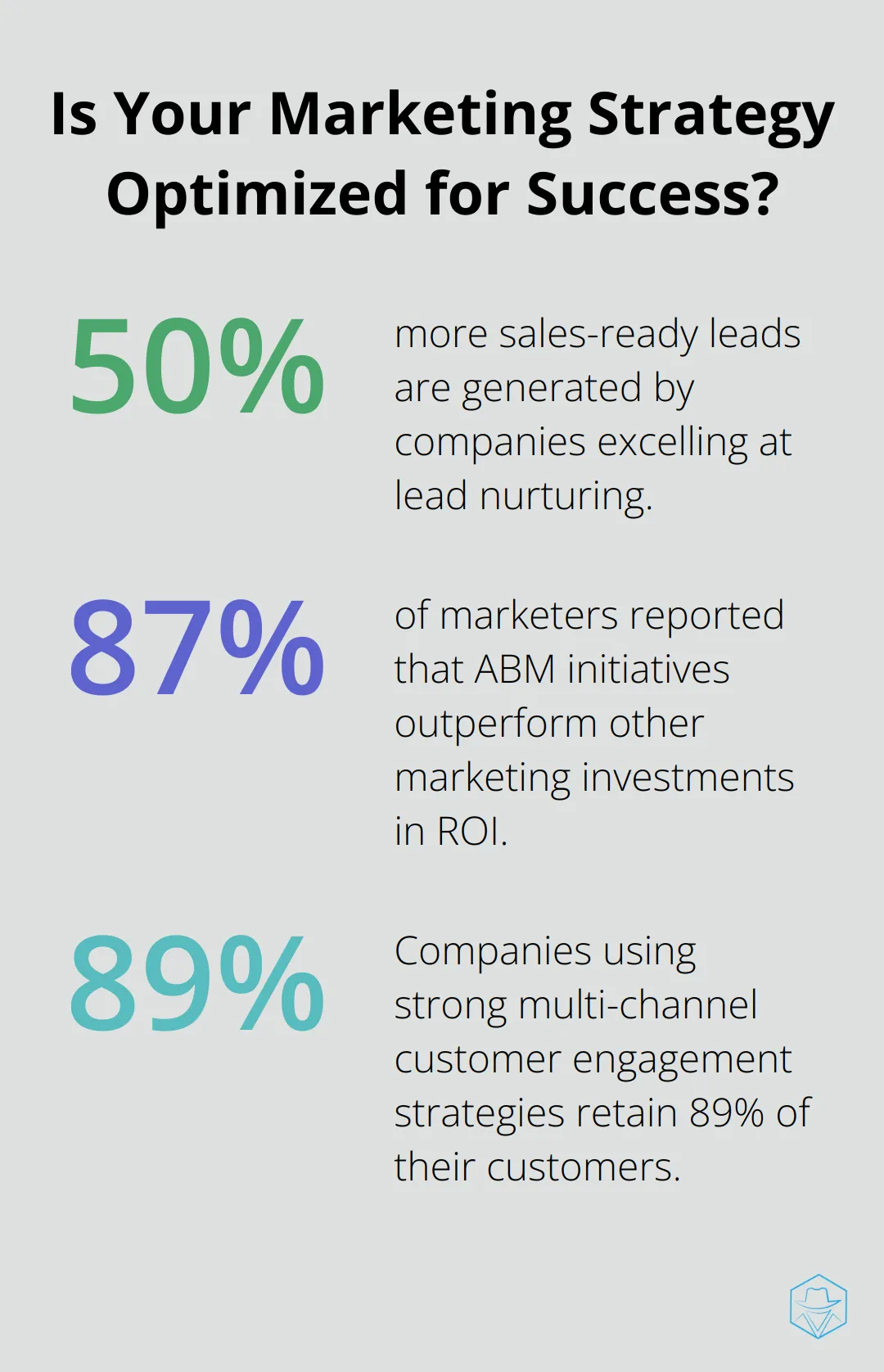
After establishing a scoring system, you can nurture these leads with targeted content. A study by Forrester Research reveals that companies which excel at lead nurturing generate 50% more sales-ready leads at 33% lower cost. This approach allows you to focus your efforts on the most promising prospects (increasing efficiency and conversion rates).
Account-Based Marketing (ABM)
Account-based marketing treats individual accounts as markets in their own right. This highly targeted strategy proves particularly effective for B2B companies with high-value, complex sales cycles.
To implement ABM, you should:
- Identify key accounts
- Create personalized content for each
- Coordinate marketing and sales efforts
A survey by ITSMA found that 87% of marketers reported ABM initiatives outperform other marketing investments in terms of ROI.
Personalized Email Campaigns
Email remains a cornerstone of B2B marketing, but generic blasts no longer cut it. Your marketing automation CRM should create highly personalized email campaigns based on recipient behavior, preferences, and stage in the buying journey.
Segment your email list based on industry, job title, or past interactions. Then, create tailored content for each segment. A study by Experian shows that personalized emails deliver 6x higher transaction rates than non-personalized emails.
Multi-Channel Integration
Successful B2B marketing automation extends across multiple channels. Integrate your efforts across email, social media, web, and even direct mail for a cohesive customer experience.
Your marketing automation platform should track interactions across all channels and adjust your strategy accordingly. This approach allows for more nuanced targeting and a comprehensive view of the customer journey.
A report by Aberdeen Group found that companies using strong multi-channel customer engagement strategies retain on average 89% of their customers (compared to 33% for companies with weak multi-channel strategies).
As we move forward, let’s explore how to implement these powerful strategies in your B2B business effectively.
How to Implement Marketing Automation in B2B
Select the Right Platform
The selection of an appropriate marketing automation platform is essential for B2B success. You should look for a solution that aligns with your specific B2B needs. Consider factors such as scalability, integration capabilities, and ease of use. HubSpot’s 2021 State of Marketing Report found that 76% of companies use marketing automation. However, not all platforms offer equal benefits.
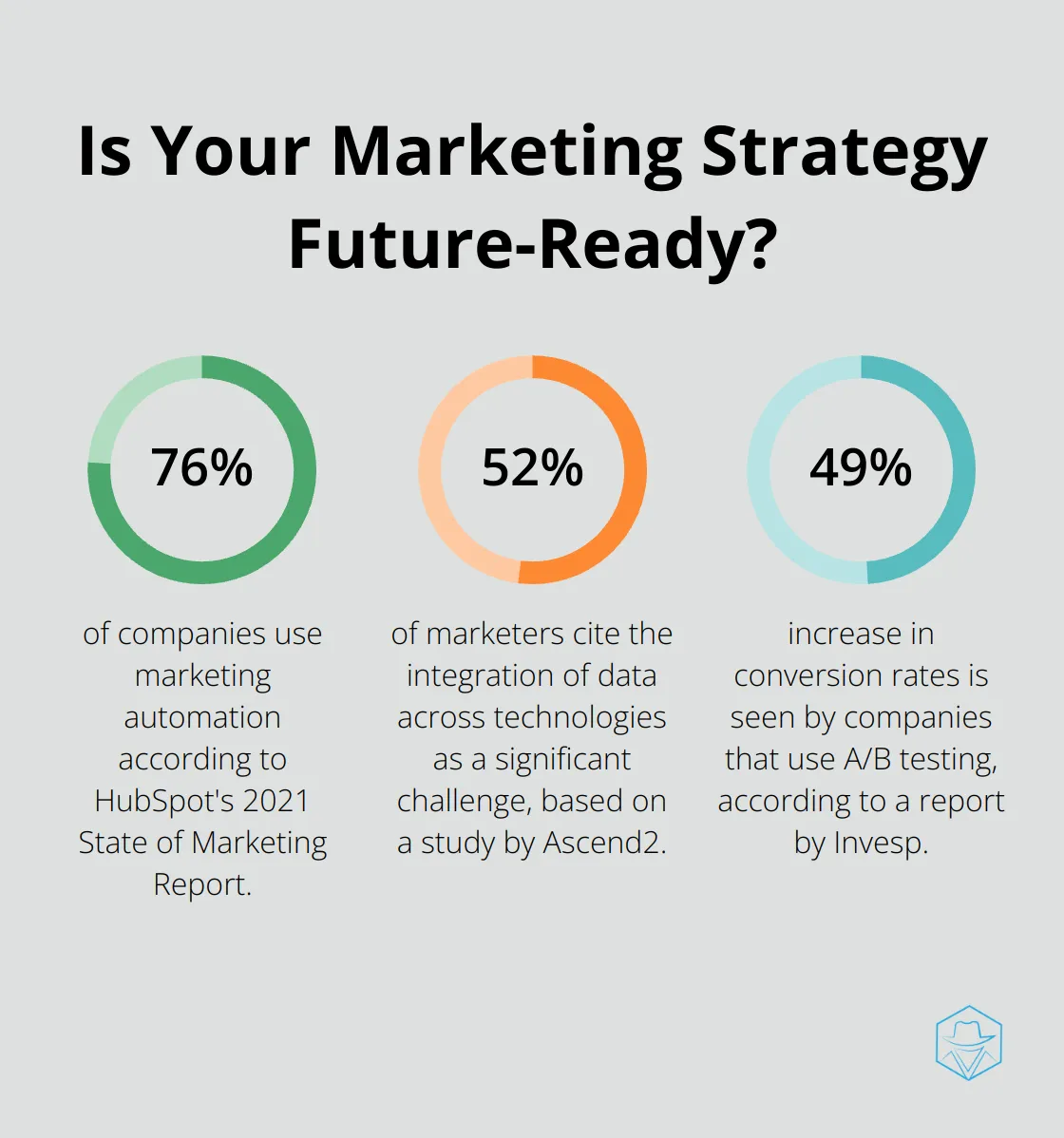
You should evaluate options based on your budget, team size, and technical expertise. Salesforce, Marketo, and HubSpot are popular choices for larger enterprises, while smaller businesses might prefer platforms like ActiveCampaign or Mailchimp. Drop Cowboy’s platform offers robust features specifically tailored for B2B communication (including unique Mimic AI™ for personalized voice messages).
Create Effective Workflows
After you select a platform, you should focus on the creation of efficient workflows. Start with a map of your customer journey and identify key touchpoints. Then, design automated sequences that guide leads through each stage of the funnel.
You might create a workflow that sends a welcome email when a lead signs up, followed by a series of educational content pieces, and finally a product demo invitation. Epsilon reports that automated emails generate 70.5% higher open rates and 152% higher click-through rates than standard marketing messages.
Integrate Your Tools
For maximum efficiency, you should integrate your marketing automation platform with your CRM and other business tools. This integration creates a seamless flow of data across your organization. A study by Ascend2 found that 52% of marketers cite the integration of data across technologies as a significant challenge.
You should ensure your chosen platform can connect with your existing tech stack. Many platforms offer native integrations with popular CRMs like Salesforce or HubSpot. If native integrations aren’t available, you should look for solutions that support API connections or third-party integration tools like Zapier.
Measure and Optimize
Continuous measurement and optimization are key to marketing automation success. You should set clear KPIs aligned with your business objectives. These might include metrics like lead quality, conversion rates, or customer lifetime value.
You should analyze your data regularly to identify areas for improvement. Try A/B testing different elements of your campaigns, such as email subject lines or landing page designs. A report by Invesp shows that companies that use A/B testing see a 49% increase in conversion rates.
You should leverage the analytics capabilities of your chosen platform. Many dashboards (including Drop Cowboy’s) provide real-time insights into campaign performance, which allow for quick adjustments and optimization.
Final Thoughts
Marketing automation B2B strategies have transformed business marketing efforts. Companies streamline processes, personalize communications, and optimize lead nurturing to boost efficiency and ROI. The future of B2B marketing automation will likely involve AI and machine learning, enabling more sophisticated personalization and predictive analytics.
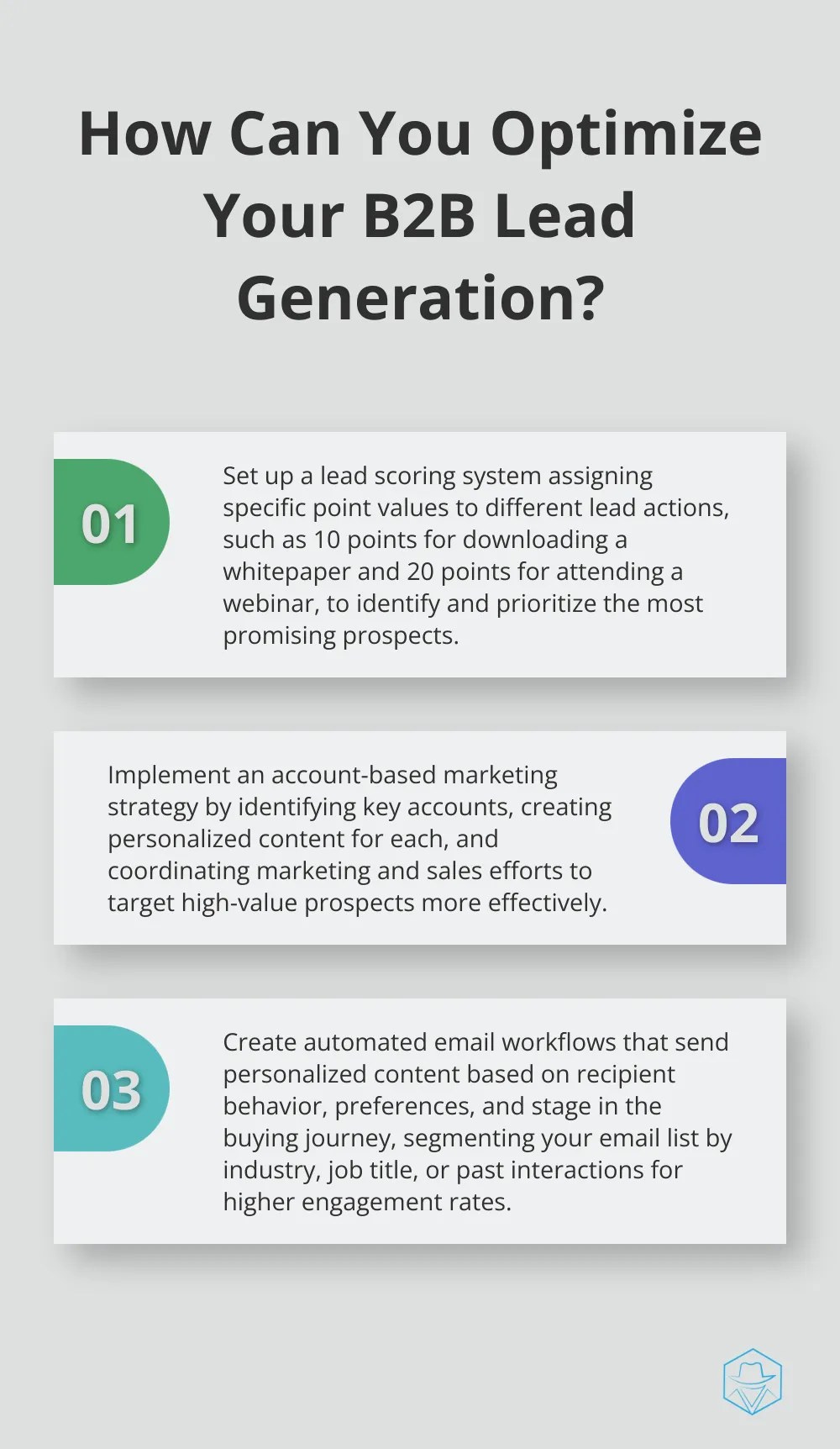
To harness the power of marketing automation, assess your current processes and identify areas for improvement. Research and select a platform that aligns with your specific needs and goals. Start small by automating one or two key processes, then expand your automation efforts as you become more comfortable with the technology.
Drop Cowboy offers a communication platform that integrates with your marketing automation strategy. Our Mimic AI™ technology allows for personalized voice messages, while our ringless voicemail and SMS features provide additional channels for reaching your audience. You should combine these tools with your broader marketing automation efforts to create a powerful, multi-channel approach to B2B marketing.
blog-dropcowboy-com
Related posts
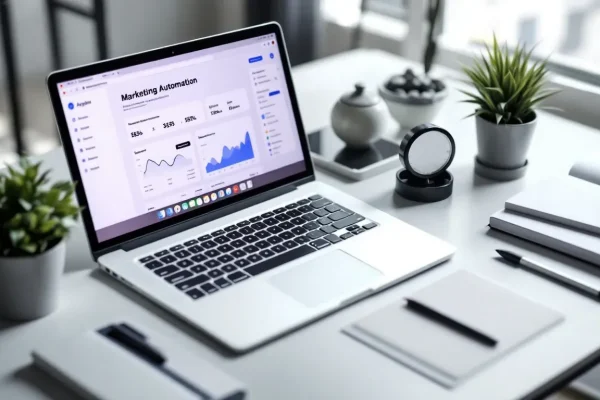
April 3, 2025
Marketing Automation for Agencies: Boost Efficiency
Boost efficiency with marketing automation for agencies. Leverage tools and insights to save time, streamline tasks, and enhance client satisfaction.

March 19, 2025
Who Are the Main Competitors of Twilio?
Explore competitors of Twilio and find out which companies are shaping the communication technology landscape with innovative solutions.

April 21, 2025
Measuring the ROI of Marketing Automation
Analyze the ROI of marketing automation to boost results. Learn effective strategies to assess the value of your automated marketing efforts.
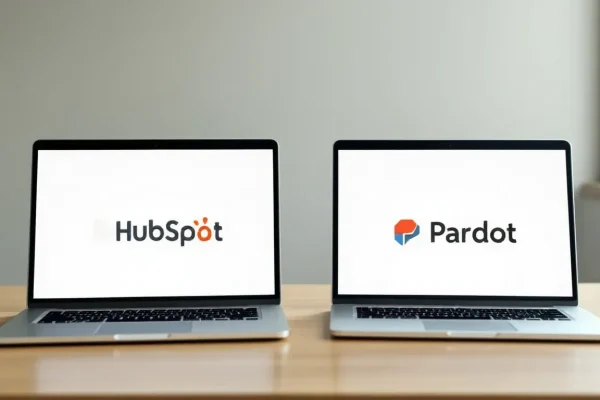
March 27, 2025
HubSpot vs Pardot: Battle of Marketing Automation
Compare HubSpot vs Pardot to choose the best marketing automation tool for your business needs. Analyze features, pricing, and effectiveness.

March 8, 2025
Key Benefits of Text Message Marketing
Explore text message marketing benefits to boost engagement, increase conversion rates, and enhance customer communication with proven strategies.

April 9, 2025
Examples of Successful Marketing Automation Campaigns
Explore powerful examples of marketing automation campaigns that boosted engagement and sales, showcasing real-world successes.